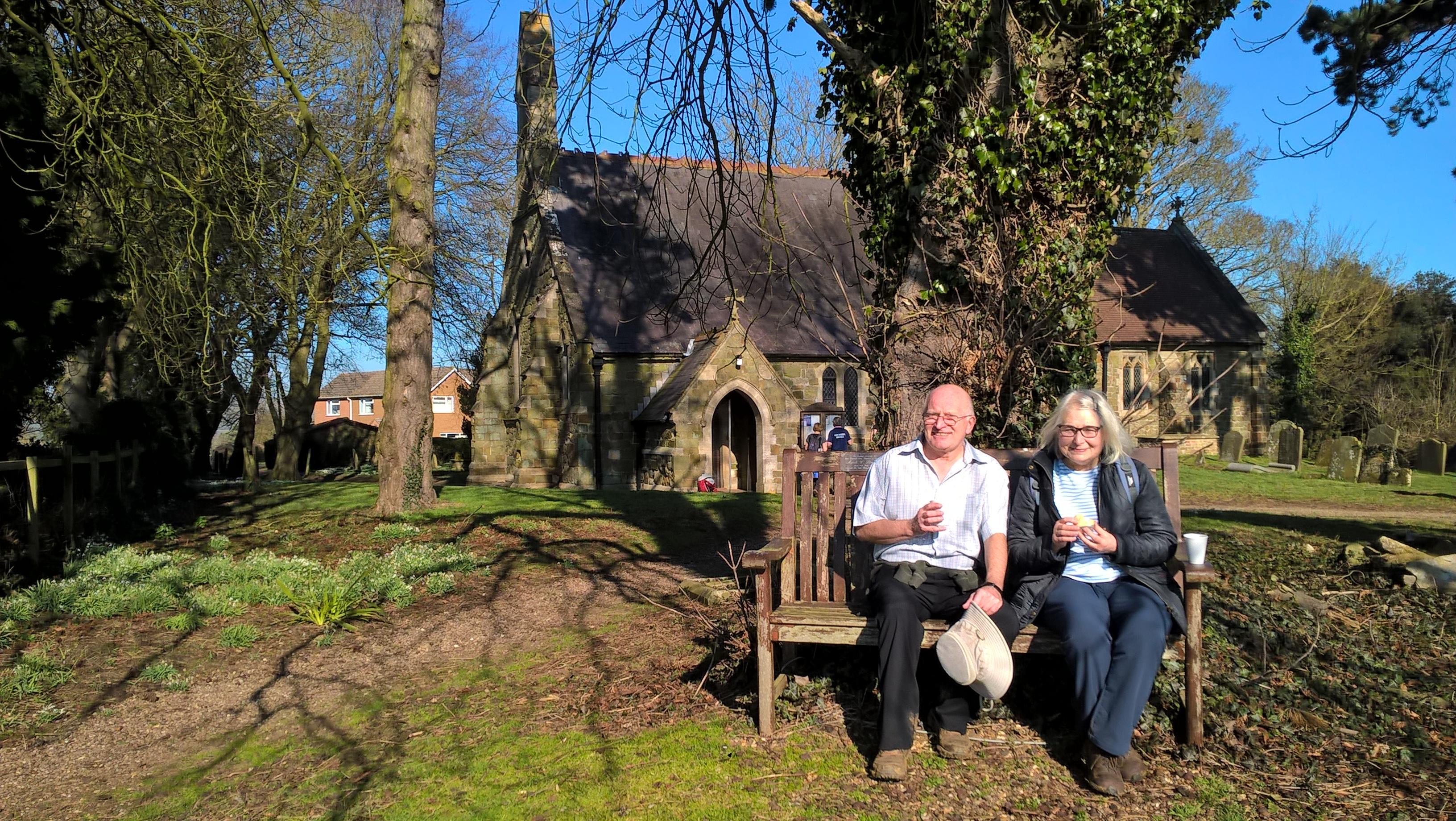In September 2020 the National Churches Trust published The House of Good report. For the very first time, the report quantified the economic and social value of all church buildings to the UK. Not just the bricks and mortar but the welfare and wellbeing they create in our communities.
As we were publishing this work, HM Treasury was working on two significant changes to The Green Book - the gold standard of policy evaluation and economic appraisal. Both of these changes have now been published and they offer a significant boost to the findings in The House of Good.
At that time, our researchers from The State of Life estimated the annual social value of the UK's church buildings at £12 4 billion. We can now say that the yearly social value of churches in the UK and the activities that take place in them is about £55.7 billion.
Changes to HM Treasury's The Green Book
One change to The Green Book adjusts the way the Treasury supports policy interventions and prioritises those that are intended to address regional economic disparities. It is intended to enable ministers and other decision makers to fully understand what investments they need to make to most effectively drive the delivery of the levelling up agenda. The other change determines how wellbeing is valued.
The prioritisation of policy interventions that support the government's levelling up agenda effectively confirms what The House of Good made crystal clear, namely that church buildings provide massive social support for people and communities throughout the UK. Furthermore, many of the most socially active churches are in deprived areas. They make a particularly important contribution towards achieving greater equality.
The value of wellbeing has risen
Besides prioritising efforts to create a more equitable society, The Green Book has changed the way the government measures wellbeing. This new guidance was published in July 2021. The House of Good used the WELLBY to put a price on the non- market value of the activities taking place in church buildings.
This is a new tool and its name is short for Wellbeing Guidance for Appraisal. Our report used a very conservative rate to reach the total of £12.4 billion a year for the social value of church buildings in the UK.
In July 2021, HM Treasury adopted the WELLBY as its primary measure for wellbeing. But, it officially recommended that a unit of wellbeing, a WELLBY, be given an average monetary value of £13,000. This is more than five times higher than the average figure used in The House of Good.
In short, by using HM Treasury's figures, we find that the yearly social value of churches in the UK and the activities that take place in them is about £55.7 billion. That is twice as much as local authorities spend on adult social care.
For every £1 invested in a church, the return is over £16.
It is important to stress that even with this new, bigger value, the scope of our original study remains partial. For instance, we did not include values for all areas of social and community careprovided by churches, but rather only chose four key, widely delivered activities. Nor did we attach a value for church buildings from tourism, heritage and non-use value.
None of this changes the main conclusion of The House of Good report. Churches remain a vital, ready-made network of social care in our communities. We are sure of the fact that these buildings have a crucial role to play in helping communities to level up. We think that they should receive central and local government support to keep them open and in good repair and with up to date facilities for this purpose in the years to come as the UK recovers from the pandemic.
Also, all conclusions from the original report regarding urban churches generating more social value (as they are able to host and serve more people) still hold.
Read The House of Good Update 2021
Church buildings have a vital role in addressing inequalities
There can be little doubt that if the UK Government is serious about levelling up – and the update to the Treasury Green Book in 2021 and the creation of the new Department for Levelling Up, Housing and Communities would suggest it is – then investment in churches as a vital network of support for those in most need is an essential step towards addressing these inequalities that have been allowed to develop in the UK and hold back the improvement of the lives of millions of people.

